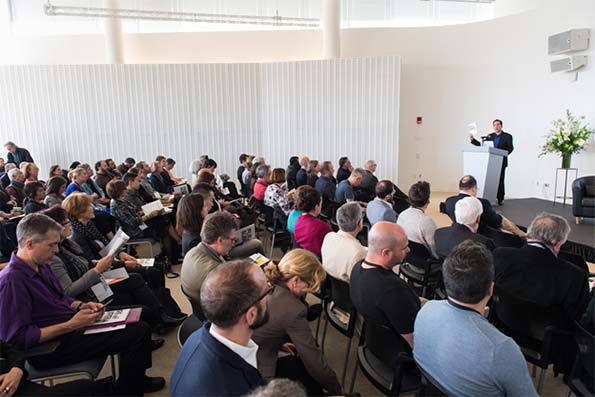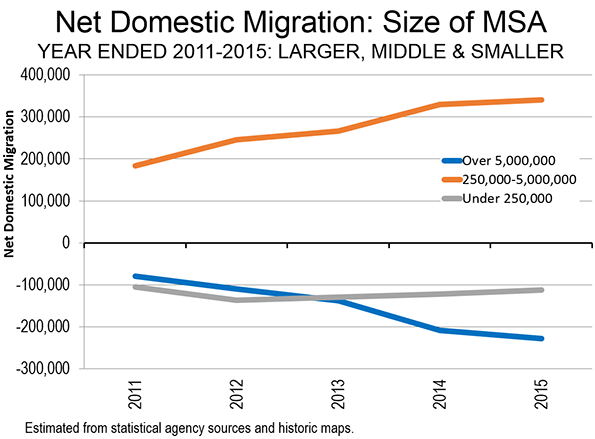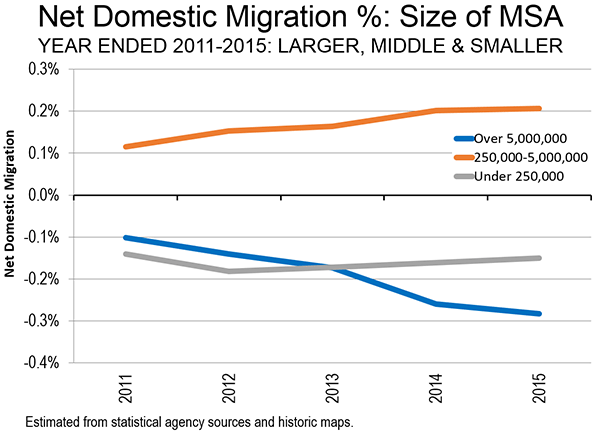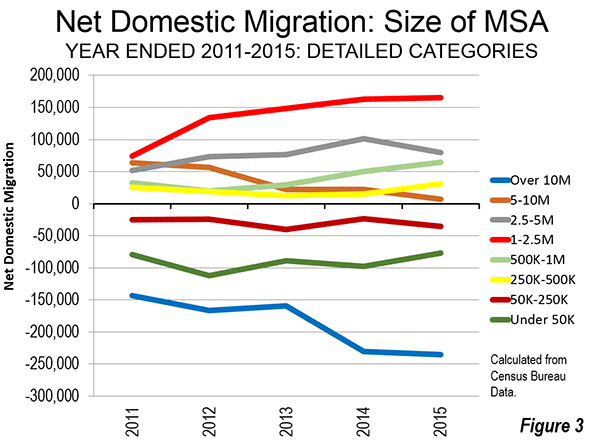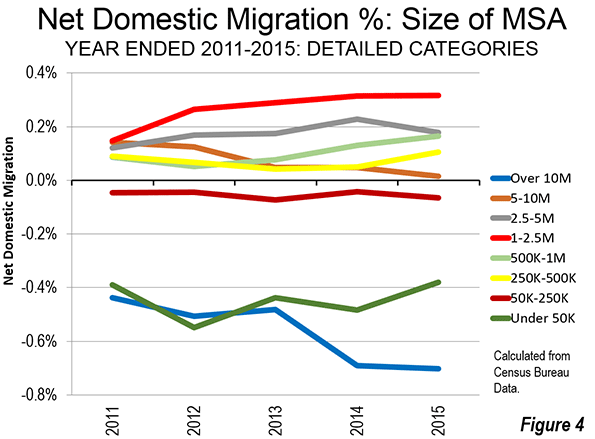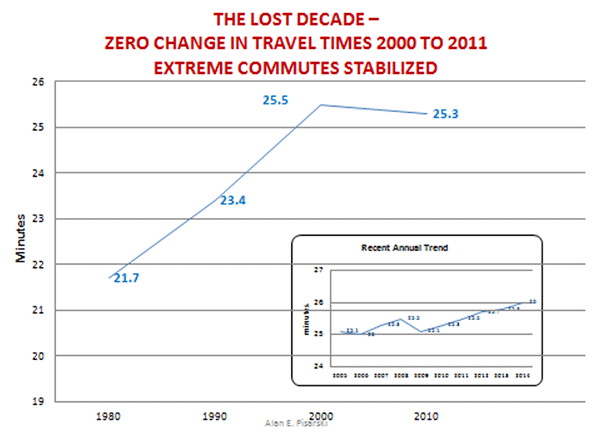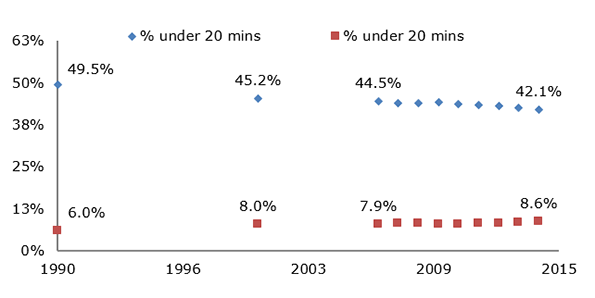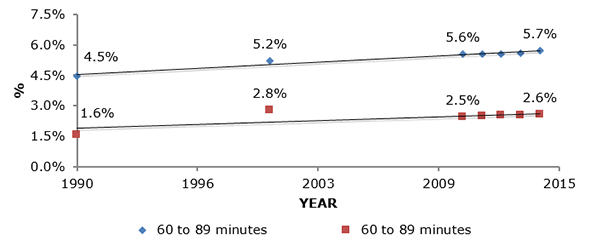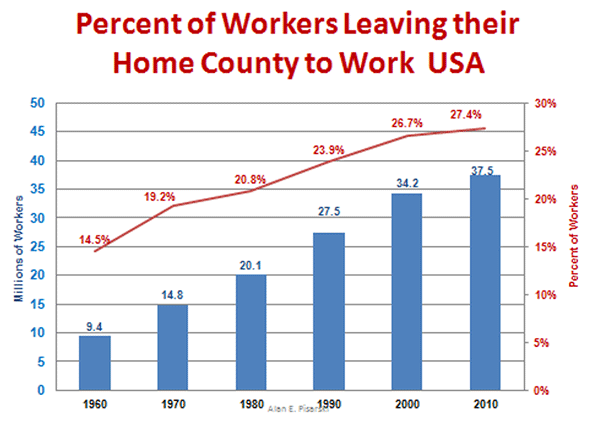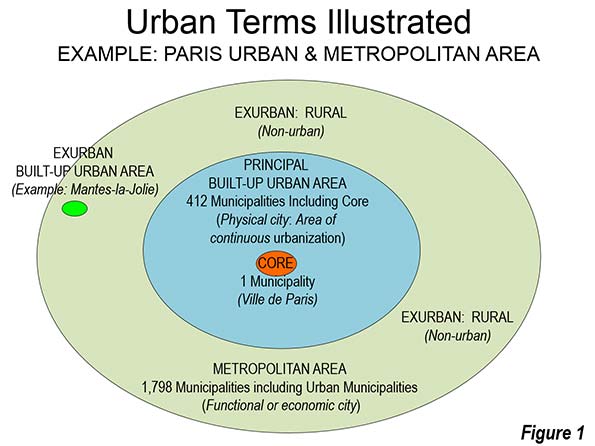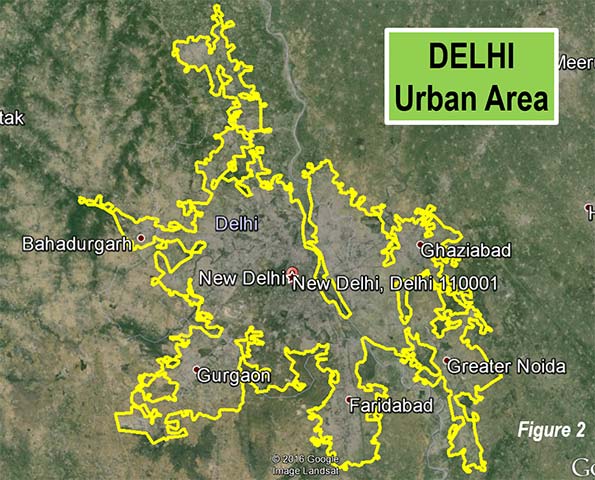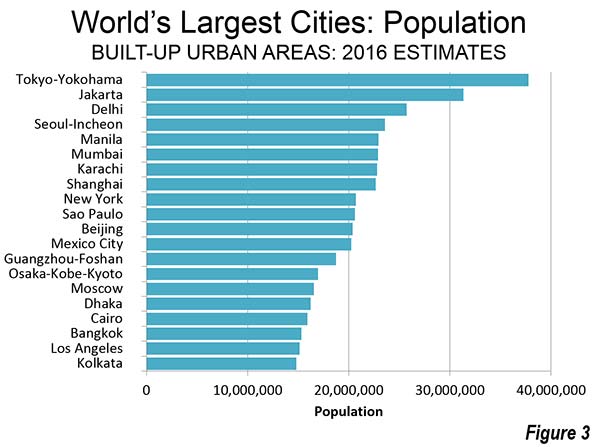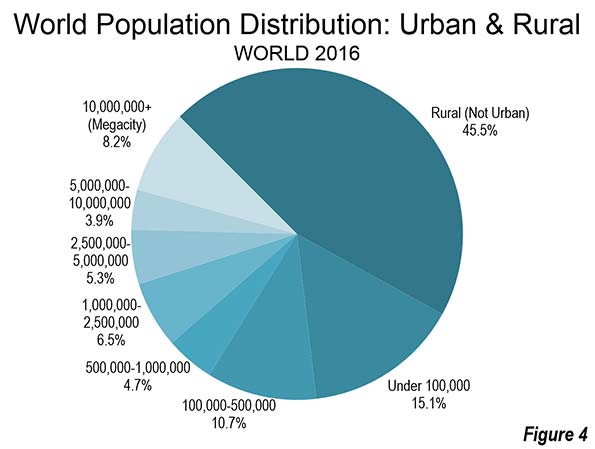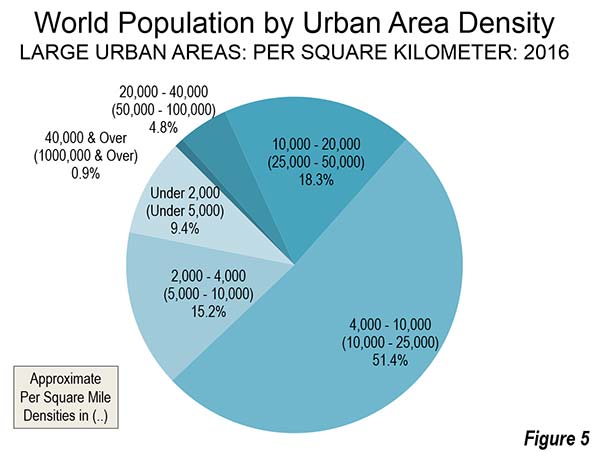Lee Kwan Yew, one of the great political architects of our time, died a year ago, but the regime he established in Singapore remains entrenched in power. In fact, the parliamentary elections last year—to the surprise and consternation of Lee’s critics—enlarged his People’s Action Party (PAP) majority in Parliament from a record low of 60 percent to close to 70 percent. Despite talk of a “new normal” defined by more competitive politics, the city-state’s norms remain very much as they have been for the better part of a half century. Voters have their reasons for remaining in thrall to the PAP. The party’s cadre of well-educated civil servants has turned the Republic of Singapore into arguably the best-run city on the planet, a place of almost surreal efficiency. Thanks to its reputation for cleanliness, safety, and prosperity, Singapore is attracting growing numbers of immigrants from around the world. In 2013, the International Monetary Fund estimated Singapore’s per-capita GDP to be $78,000, making the average Singaporean wealthier than the average American.
Yet, despite clear support for the regime among the electorate, many thoughtful Singaporeans look to the future with foreboding. One major worry is that the city-state has reached maximum capacity, with 5.3 million people crammed onto a flood-prone island of just 225 square miles. The newcomers have driven up home prices and displaced natives. Talk among the city’s planning and business elites about luring even more immigrants—raising Singapore’s population to roughly 7 million by 2030—has generated a growing sense of unease among the usually well-behaved local residents in this most orderly of places. Even amid their prosperity, Singaporeans are now among the most pessimistic people in the world, alongside the understandably dour residents of Greece, Cyprus, Slovenia, and Haiti. Some have voted with their feet—almost one in ten Singapore citizens now lives abroad, and according to a recent survey, half of Singaporeans would leave if they could.
Since the city broke off from its short-lived federal union with Malaysia in 1965, the PAP has exercised an iron grip on Singaporeans’ political loyalties, but there are growing concerns—including high up in the ranks of business, government, and academia—that this prosperous nation faces a new and more uncertain era, one for which the government’s top-down planning model may no longer be well suited.
At the time of its independence from Great Britain in 1959, Singapore was a poor, isolated, and overcrowded Asian metropolis, with high levels of unemployment and illiteracy. Western observers questioned whether the city could survive on its own—the Times of London, for example, predicted that the Singaporean economy “might collapse” without the presence of the British military. The 1963 union with Malaysia fell apart over racial and ideological tensions. China is the mother country of most Singaporeans; ethnic Chinese form 74 percent of Singapore’s population, with Malays constituting just 13 percent and Indians most of the rest.
In 1965, the quasi-socialist PAP, led by 41-year-old Cambridge-educated lawyer Lee Kuan Yew, took power and sought to diversify the Singaporean economy. A scion of an old Hakka Chinese trading family, Lee created an “authoritarian constitutional democracy,” as British historian C. M. Turnbull described it. Determined to avoid both the corruption afflicting most of Asia’s nonaligned countries and the crushing rigidities of Communism, Lee served in effect as an elected dictator. In a 1980 biography, author Alex Josey compared Lee’s leadership of the PAP with Mao Tse-tung’s role in the Chinese Communist Party. But Lee played things very differently. As much a product of British political ideology as of Chinese culture, Lee came to Fabian socialism directly from the source: he was, as Josey put it, “a patient revolutionary,” and the PAP’s philosophy of governance was rooted in the British socialist tradition of gradual reform. Speaking in 1965 at an Asian socialist conference in India, Lee embraced the notion that “the socialist has got to be realistic and practical in his approach.” Under Lee, the PAP nurtured the economy much like greenhouse agronomists nurture crops, implementing policies only after intense study and input from experts, local and global.
![Bustling street in Singapore, 1962. (Photo by John Pratt/Keystone Features/Getty Images) Bustling street in Singapore, 1962. (Photo by John Pratt/Keystone Features/Getty Images)]() Bustling street in Singapore, 1962. (Photo by John Pratt/Keystone Features/Getty Images)
Bustling street in Singapore, 1962. (Photo by John Pratt/Keystone Features/Getty Images)
In his bid to modernize Singapore—celebrated last year in the production there of The LKY Musical—Lee embraced a commitment to trade and the rule of law. During the 1970s, due largely to new investments and better use of personnel, productivity in Singapore’s trade sector grew by roughly 40 percent. Under Lee, the PAP invested heavily in the island’s great natural advantage: the 16-kilometer-wide Singapore Strait, connecting East Asia with the Indian Ocean. One of the party’s early accomplishments was a labor deal with the port’s labor unions, allowing for relaxed work rules and an updating of the facility. By 1980, the majority of Singaporeans worked in the trade sector, which led much of the city’s productivity growth.
The PAP administrators weren’t content to see Singapore become a mere trading post, however. In contrast to other developing Asian economies, which emphasized local entrepreneurship and state-owned or -directed companies, Lee’s planners set about enticing American, European, and Japanese multinationals to relocate by touting Singapore’s English-speaking workforce, low-tax environment, and by-now first-class infrastructure. The country’s big break, Lee later suggested, came in 1968, when Texas Instruments—then one of the world’s largest manufacturers of semiconductors—opened a factory employing 1,000 people at the Kallang Basin industrial estate. “We had to create a new kind of economy, try new methods and schemes never tried before anywhere else in the world, because there was no other country like Singapore,” Lee reminisced in his 2000 memoir, From Third World to First.
Continuing to look ahead, Lee and his mandarins understood that Singapore couldn’t thrive solely as a manufacturing hub, either. They correctly anticipated the evolution of an economy more reliant on technology and high-end services—for which education would be crucial. “Education must serve a purpose,” the PAP declared in 1965, and schooling was tailored to meet development goals, including instruction in English. It worked: Singaporean students do far better on tests than either their American counterparts or the average of OECD countries, and the Center on International Education Benchmarking describes Singapore’s workforce as “among the most technically competent in the world.” The national educational formula—especially the Singaporean approach toteaching math, based on intensive instruction and a focus on problem solving—has been widely adopted, including in the United States and Canada.
Singapore’s development model also influenced its neighbors, especially China. Deng Xiaoping visited in 1978, and the famously pragmatic Communist autocrat saw an ideal formula for lifting his country out of poverty. Yet as China moved forward, Singapore ascended even higher.
In a recent study that I conducted with the Manhattan Institute’s Aaron Renn and demographer Wendell Cox for Chapman University and the Singapore Civil Service College, we ranked global cities on factors including connectivity to the world economy, demographic diversity, cultural influence, technical workforce, foreign investment, and financial power. Singapore placed fourth, just behind London, New York, and Paris, but ahead of Tokyo and Hong Kong, and far ahead of much larger Beijing or Shanghai. Singapore has earned similar scores in other studies: ninth in the A. T. Kearney 2014 Global Cities index and fifth in the London-based Globalization and World Cities Network. These rankings are remarkable, considering that Singapore is much smaller than its prime competitors. Thirteen cities in China alone have larger populations.
![Lee Kwan Yew in 2013. (Photo by Chris McGrath/Getty Images) Lee Kwan Yew in 2013. (Photo by Chris McGrath/Getty Images)]() Lee Kwan Yew in 2013. (Photo by Chris McGrath/Getty Images)
Lee Kwan Yew in 2013. (Photo by Chris McGrath/Getty Images)
But Singapore’s appeal to foreign investors and migrants is easy to understand. The city has developed arguably the world’s best urban infrastructure, and its streets are rarely congested. Subways and buses, though crowded, are clean and generally well-functioning. The PAP regime’s intelligent planning also extended to housing. Before the PAP came to power, Singapore’s housing stock was dominated by run-down slums. By establishing the Housing Development Board, the state created decent, if small, residences for its citizens. This helped keep housing prices well below those in other Asian cities. Wendell Coxestimates that the city’s housing costs relative to income are roughly one-third to one-half those in Hong Kong, Shenzen, Beijing, and Shanghai. Its homeownership rates are well above those in the United States.
Singapore also offers a stable legal and business climate. Like Hong Kong, the city-state benefits from a tradition of British governance and law. According to the World Justice Project’s ranking of civil justice systems—assessing the ability of ordinary citizens “to resolve their grievances and obtain remedies through formal institutions of justice”—Singapore ranks sixth, behind Norway, the Netherlands, Germany, Denmark, and Sweden, but ahead of Canada (13th) and the U.S. (27th). By comparison, China ranks 79th. Along with Hong Kong, Singapore also appears regularly at the top of global rankings for business climate. A combination of legal norms and transparency has lifted Singapore to become the world’s fourth global financial center, behind only New York, London, and Hong Kong. Singapore is home to twice as many regional headquarters for multinationals as much larger Tokyo. A 2011 Roland Berger study named Singapore the leading location for European companies to establish headquarters in the Asia-Pacific.
To the extent that Singapore has a current economic weakness, it is tied to the PAP’s top-down planning model: key economic decisions are made not by entrepreneurs but by government-led agencies and large conglomerates like Singapore Airlines, GIC, and Temasek Holdings. In Hong Kong, Taiwan, and South Korea, by contrast, privately owned firms generate wealth while also wielding power. Singapore has no equivalents of Hong Kong’s Li Ka Shing, whose net worth is estimated by Forbes at over $30 billion; his Cheung Ho conglomerate employs 280,000 people in 52 countries. Nor does the city-state boast any companies like Taiwan’s Foxcomm, a dominant global power in manufacturing; South Korea’s Samsung, among the world’s leading tech and telecommunications firms; or even China’s Ali Baba, a start-up that has grown into one of the world’s top Internet firms.
Singapore has avoided a common trap for governments throughout Asia: corruption. Lee and the PAP kept Singapore’s government clean by paying top bureaucrats high salaries. Freed from temptation, these bureaucrats, as one history of the civil service put it, could focus on ways “to mould people’s behaviors.” If Singaporeans did as they were told, they would benefit: this was the PAP’s essential promise.
For a long time, it seemed to work. Most Singaporeans continued to back the PAP, in large part because the party delivered the material goods. “In Singapore, we’ve been very looked after. The social contract was if we vote for you, we the government will look after you,” says Singapore-born entrepreneur Calvin Soh. This “patriarchal system of governing,” as he calls it, was ideally suited for a manufacturing economy, where people were “efficient, obedient, and followers.” The bureaucracy carefully built the city’s economy, expanding opportunity for the city’s middle and working classes. Unemployment, 14 percent at the time of independence, became rare, and it remains so today, at around 2 percent.
But “moulding people’s behaviors” has proved more difficult than building new transit lines or improving port facilities. Even in the early days, the PAP’s approach prompted some opposition and grumbling about the regime’s authoritarian bent. David Marshall, a former Singaporean ambassador to France, suggested in 1994 that the PAP was possessed of “a computer brain and a plastic heart.” He chastised the ruling party’s “suffocation of dissent,” which many observers believe continues, though to a lesser degree than in the past.
Today’s Singaporeans, notes Soh, have less faith in the PAP than their forefathers did, partly because of economic factors. As recently as 2011, annual GDP growth chugged along at 6 percent, but last year it grew by just 2 percent, a rate similar to that of the United States and other high-income countries. Meanwhile, mirroring another problem in the affluent world, real wages for ordinary Singaporeans have stagnated. From 1998 to 2008, the income of the bottom 20 percent of households dropped an average of 2.7 percent, while the salaries of the richest 20 percent rose by more than half. Singapore’s educated population also faces growing competition from China and India, which are as hungry for success as Singapore was a half-century ago. “We went from wild animals forging a new country to tamed, well-fed animals in a zoo,” Soh jokes. “We kind of got contented and lost that hunger, that desperation, that edge for the hunt. We are a victim of our success.”
Once, the bureaucracy thought that it could “create” a new culture. But many young Singaporeans don’t want their culture manufactured for them any more. Singaporeans, notes graduate student Arthur Chia, are “proud of what we have built, but many Singaporeans are also concerned with what we may be losing.”
In a sense, there are two Singapores: one seen by multinationals and business travelers; and the other serving the local population. A trip down Orchard Road, the city’s historic shopping boulevard, reminds one of Hong Kong’s Causeway Bay, New York’s Fifth Avenue, or London’s Regent Street. Much of this Singapore—so anxious to appeal to the global rich and corporations—has become uniform and predictable. A once-unique urban environment has been transformed into what architect Rem Koolhaus calls “the generic city,” “a city without qualities,” and a “Potemkin metropolis.”
The young are drawn to the other Singapore. In areas such as Geylang, restaurants, bars, and ill-disguised houses of prostitution coexist with a heavy concentration of Buddhist temples and Islamic mosques. Also popular is Tiong Bahru, an old art-deco district of open-air restaurants, hip bars, and charming apartments. But even here, independent restaurants and shops, which once proliferated, struggle with high rents, as they do in other prosperous global cities.
These districts satisfy native Singaporeans’ nostalgia for an earlier version of the city, imagined as more romantic and less relentlessly hygienic. Eager to rediscover what they see as a grittier and more human past, younger Singaporeans have pushed to save what’s left of Singapore’s architectural heritage. They express a desire to return to the values of community they associate, interestingly enough, not with old China but with communal Malay culture. This “kampong spirit” reflects a deep disconnect between the goals of the bureaucracy and those of many citizens. “The starting point for the government is not values, and that’s part of the problem,” notes Alfred Wu, a professor at the Singapore Management University. “It’s all about utilitarianism. The government sets the path and people are not that involved. This makes it hard to change.”
![Singapore's Orchard Road (Photo by wikubaskoro) Singapore's Orchard Road (Photo by wikubaskoro)]() Singapore's Orchard Road (Photo by wikubaskoro)
Singapore's Orchard Road (Photo by wikubaskoro)
The movement of foreign capital and workers into Singapore has intensified the feeling of cultural drift and worries about the future. As the labor supply has dwindled, partly because of a plunging birthrate and consistent out-migration, the city-state has become ever more dependent on foreign labor. As recently as 1980, over 90 percent of residents were Singaporean citizens. Today, that number has fallen to 63 percent; by 2030, if the government plans hold up, foreigners will actually outnumber the natives.
Many Singaporeans feel that the foreign influx is making them strangers in their own land. Most students at the Civil Service College are of Chinese descent. Yet even they view the city’s Chinatown district, now largely populated by people from mainland China, as foreign territory. “We don’t relate to it. We don’t see it as Singaporean,” one student confided to me. These tensions can be seen in other global cities, of course, such as New York, London, and Toronto, but these are large, sprawling metropolitan regions. The impact of population growth and immigration is more intensely felt in space-constrained Singapore.
Like other successful global cities, Singapore is also becoming an abode of the rich; its millionaire households now number 188,000. As in other global cities, rising levels of real-estate investment from China, the Indian diaspora, and the Middle East have driven up prices, particularly in the private housing market. Many see the influx of foreign wealth as undermining the egalitarian nature of traditional Singaporean society. Some Singaporeans of Chinese descent take a particularly dim view of newly arrived Indians, whether professionals or lower-wage workers. Local playwright Alfian Sa’at’s 2013 play, Cook a Pot of Curry, was inspired by a well-publicized incident involving a Chinese migrant family’s objections to the pungent aroma coming from a neighboring Indian family’s kitchen. The play touched off a heated media debate about the purpose of immigration, the need for assimilation, and the preservation of national identity. Some government officials were troubled by the controversy, which undermined their vision of engineered social harmony.
The presence of so many skilled foreign workers from China and India is unquestionably threatening social cohesion. Increased competition for low-wage jobs has stoked tension among the city’s south Indian and Sri Lankan immigrants, who occupy much of the lower employment tier. Last year, for the first time since 1969, a riot took place in the city—in Little India, after police rousted some inebriated workers. These disturbances have led the government to tighten its immigration policies.
![Photo by Peter Kirkeskov Rasmussen Photo by Peter Kirkeskov Rasmussen]() Photo by Peter Kirkeskov Rasmussen
Photo by Peter Kirkeskov Rasmussen
Singapore’s challenges go beyond its changing population. A diminishing portion of Singaporeans say that they are interested in marriage. Singapore’s birthrate is now one of the world’s lowest. Since 1990, the number of births to Singapore residents has dropped from almost 50,000 annually to barely 37,000. The government has sought to reverse this pattern with well-funded incentives to encourage families—such as subsidies for housing—but the fertility rate still stands at 1.3 per woman, well below replacement level.
“Demographically, there’s really no way out, no way to stop the decline,” suggests longtime University of Singapore demographer Gavin Jones, over a dim-sum lunch in Holland Village, an old Singaporean neighborhood popular with expats. “The government has tried to address this with incentives, but it doesn’t work. The culture of not having children is now very much internalized. It is seen as something that limits your options.” To some extent, this view reflects trends throughout East Asia, where family bonds are weakening. The low-birth pattern is also evident in Singapore’s competitors, notably Hong Kong, where nearly half of young couples believe that they can’t afford to have children. Shanghai, notes Jones, now has one of the lowest peacetime fertility rates ever recorded.
Young Singaporeans say that the decision not to have children is pragmatic. “Having kids was important to our parents,” noted one thirtyish civil servant, “but now we tend to have a cost and benefit analysis about family. The cost is tangible, but the benefits are not knowable or tangible.” Many Singaporeans suspect that, however good things may be now, they won’t be better for the next generation.
“Delivering babies is not such a good business now,” suggests Fong Yoke Fai, a prominent local gynecologist. “There’s a change in perception. Personal goals are more important than social or religious ones. People don’t think they can afford the housing for children, so they opt not to have them.”
Singaporean planners, who in the 1960s and 1970s fretted about overpopulation, now must confront what their Japanese peers face—an aging population that can only be sustained by immigration. By 2030, Singapore could have many more people over 65 than under 25. If this trend continues, the main question facing the city-state may not be how to remake itself but how to get rich enough, fast enough, to support millions of elderly citizens.
Going forward, it seems clear that Singapore must change its model, and perhaps jettison the idea of mold making entirely. The city-state needs less planning and more spontaneity. Government attempts to promote creativity or start new cutting-edge industries are bound to fail in a society where bloggers can lose their jobs or get arrested for offending the sensibilities of the bureaucratic elite. Singaporean authorities have also banned films, such as local director Ken Kweck’s 2012 feature, Sex.Violence.FamilyValues, which they found racially controversial. “Even Chinese citizens who take up Singapore citizenship wouldn’t want [censorship],” suggests Soh, whose new company produces archival photos of various locations in the city, many of which have long since been destroyed. “They didn’t leave China to be in China.”
Singapore’s planners will be tempted to meet the new challenges by doing what they do best—designing, implementing, and managing vast new projects, especially physical infrastructure, that promise to keep the city competitive. In recent years, these efforts have included a remarkable “greening” of the city, with many small parks and a network of nature trails as well as Gardens by the Bay, a large indoor collection of trees, recently completed near the central core. The Gardens represent a broader effort to grow Singapore’s service and tourism sectors, notably through the construction of a massive casino—a remarkable development, as gambling was long considered a curse in Chinese culture. Lee Kwan Yew promised that casinos would appear in his country only “over my dead body,” but even before his death, gambling had become big business: Singapore has vaulted ahead of Las Vegas to boast the world’s second-largest casino revenue. Only Macau takes in more.
But turning Singapore into an Asian Las Vegas won’t solve the city’s fundamental problems. The real crisis is not in how Singapore is regarded in New York and London, or even in Beijing and Shanghai, but how it meets the needs and aspirations of its own people. Singapore’s leaders must revamp their approach to governance, becoming more responsive to local needs and less focused on defined goals.
“No amount of analysis and forward planning,” says longtime government advisor Peter Ho, “will eliminate volatility and uncertainty in a complex world.” The old managerial model, he concedes, has become outdated. To thrive in the future, Singapore will have to find its way without a predrawn map. As Asia modernizes and develops a modern infrastructure, Singaporeans cannot remain competitive merely by being more efficient or better educated. The city-state will have to rediscover the boldness of its founding generation, even while discarding many of its methods. “We will have to be pioneers again,” notes Calvin Soh, “and recognize that we don’t have the same strategic advantages that we used to have. We have to start planning for the next ten years from that viewpoint. And that plan has to come from the grassroots, not from above.”
![Singapore's Gardens by the Bay (Photo by M!cka) Singapore's Gardens by the Bay (Photo by M!cka)]() Singapore's Gardens by the Bay (Photo by M!cka)
Singapore's Gardens by the Bay (Photo by M!cka)
This piece originally appeared in The City Journal.
Joel Kotkin is executive editor of NewGeography.com. He is the Roger Hobbs Distinguished Fellow in Urban Studies at Chapman University and executive director of the Houston-based Center for Opportunity Urbanism. His newest book, The Human City: Urbanism for the rest of us, will be published in April by Agate. He is also author of The New Class Conflict, The City: A Global History, and The Next Hundred Million: America in 2050. He lives in Orange County, CA.
Singapore skyline photo by Bigstockphoto.com.
![]()
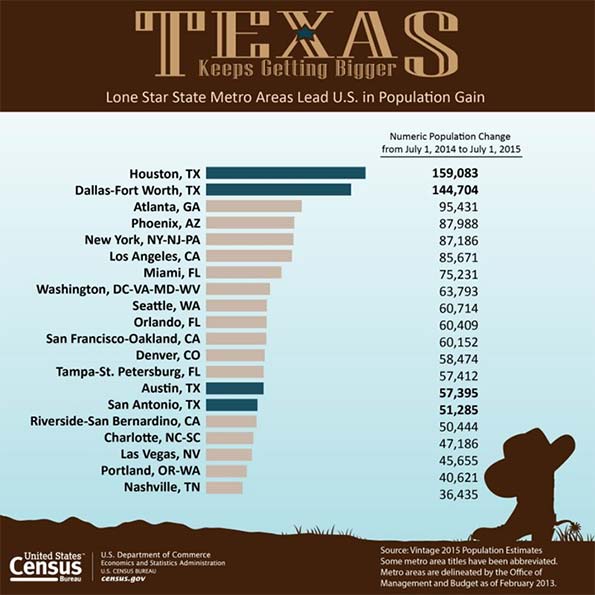
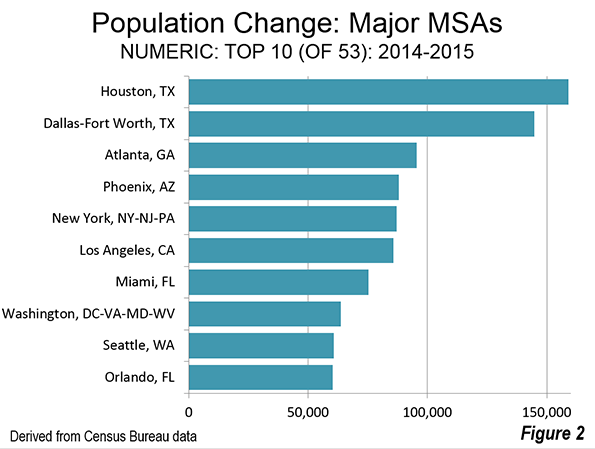
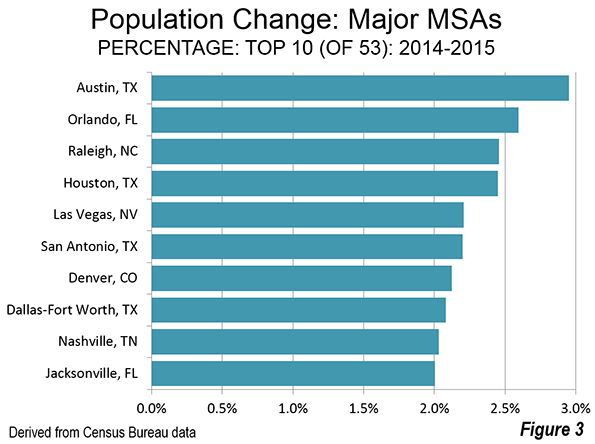
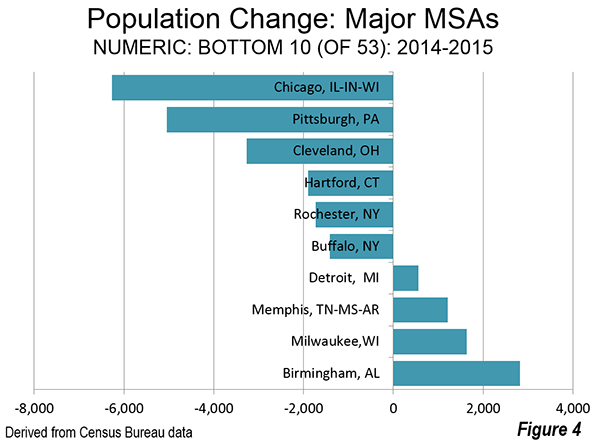
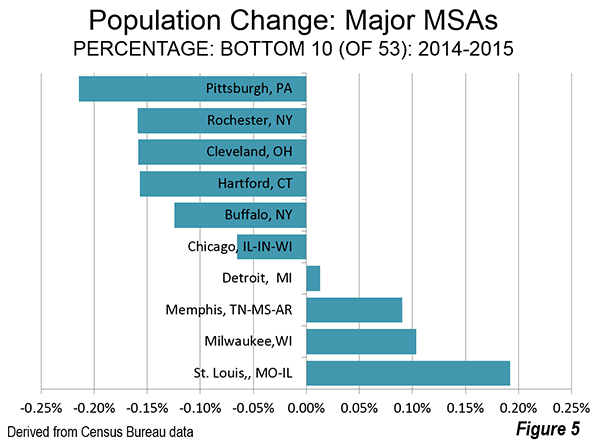
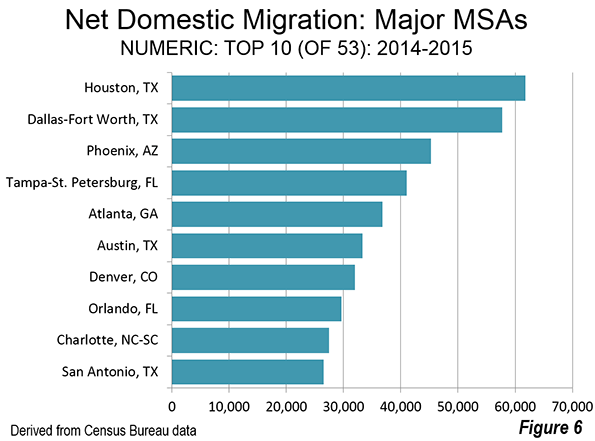
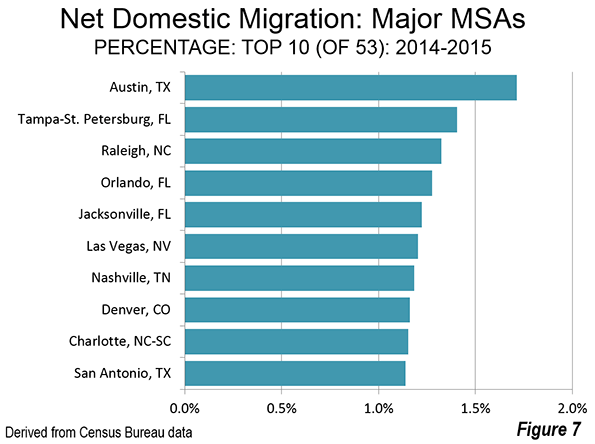
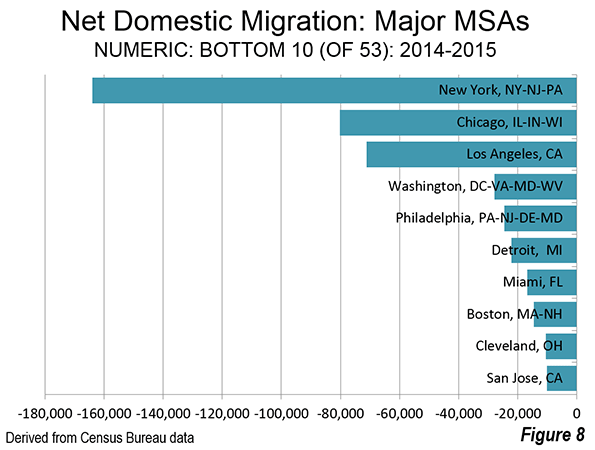
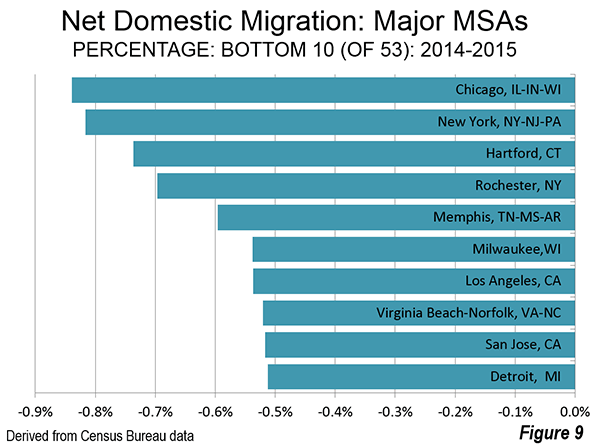


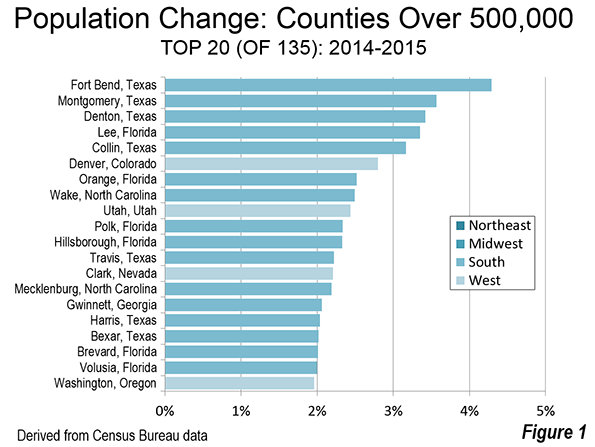
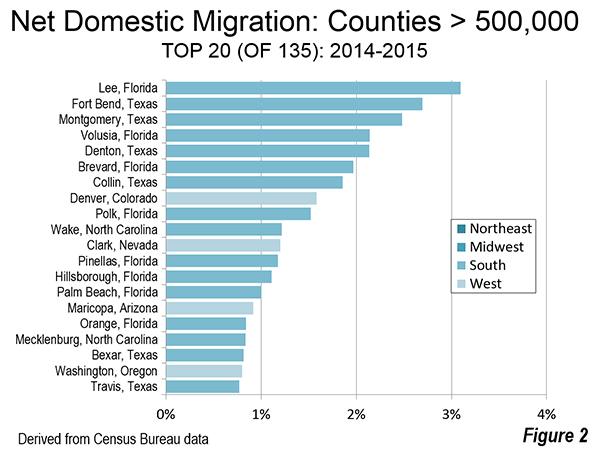
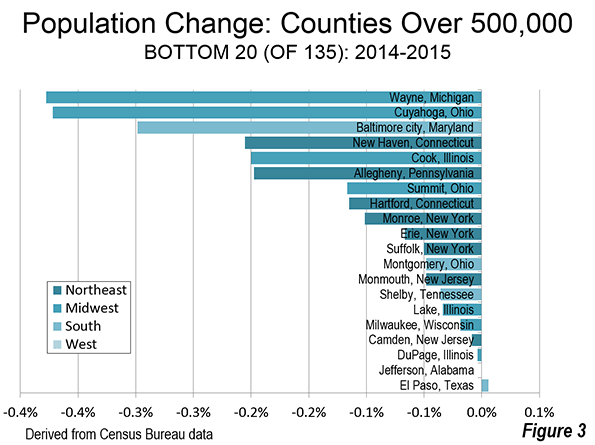
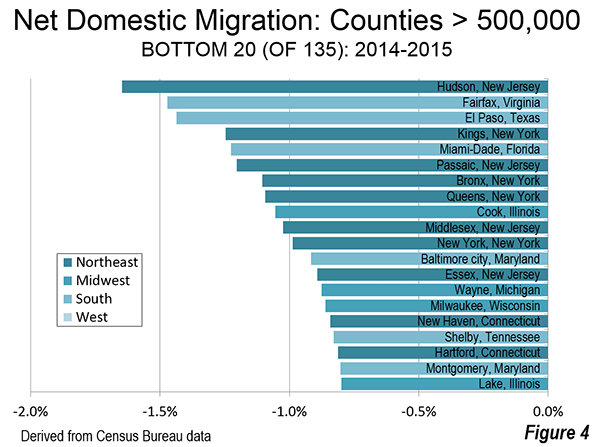
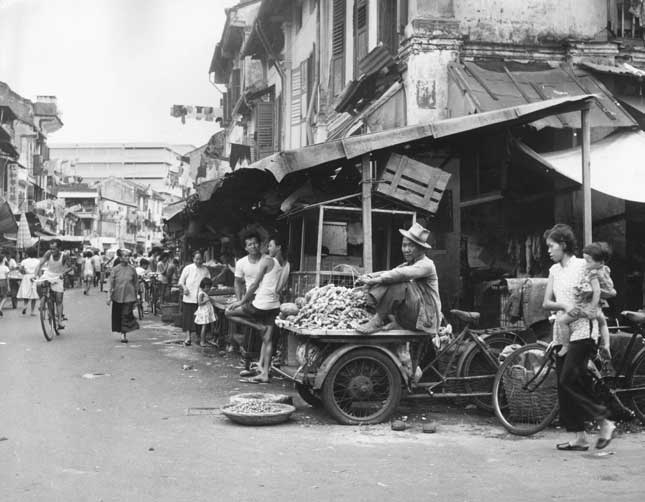 Bustling street in Singapore, 1962. (Photo by John Pratt/Keystone Features/Getty Images)
Bustling street in Singapore, 1962. (Photo by John Pratt/Keystone Features/Getty Images) Lee Kwan Yew in 2013. (Photo by Chris McGrath/Getty Images)
Lee Kwan Yew in 2013. (Photo by Chris McGrath/Getty Images)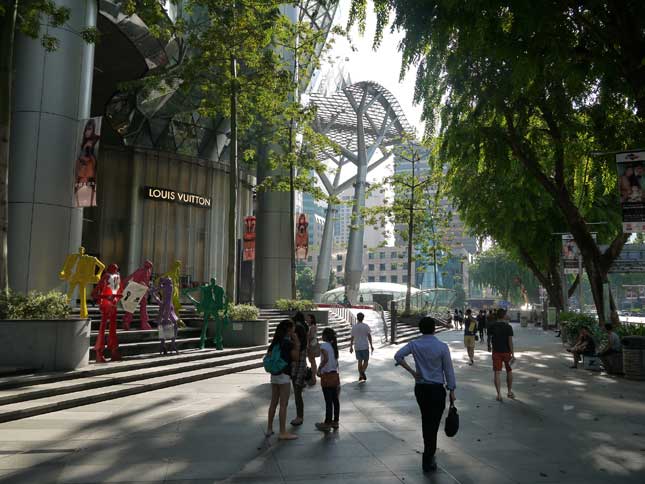 Singapore's Orchard Road (Photo by wikubaskoro)
Singapore's Orchard Road (Photo by wikubaskoro) Photo by Peter Kirkeskov Rasmussen
Photo by Peter Kirkeskov Rasmussen Singapore's Gardens by the Bay (Photo by M!cka)
Singapore's Gardens by the Bay (Photo by M!cka)